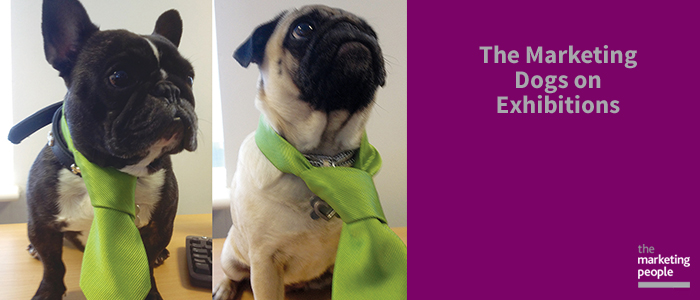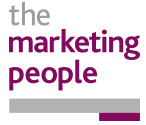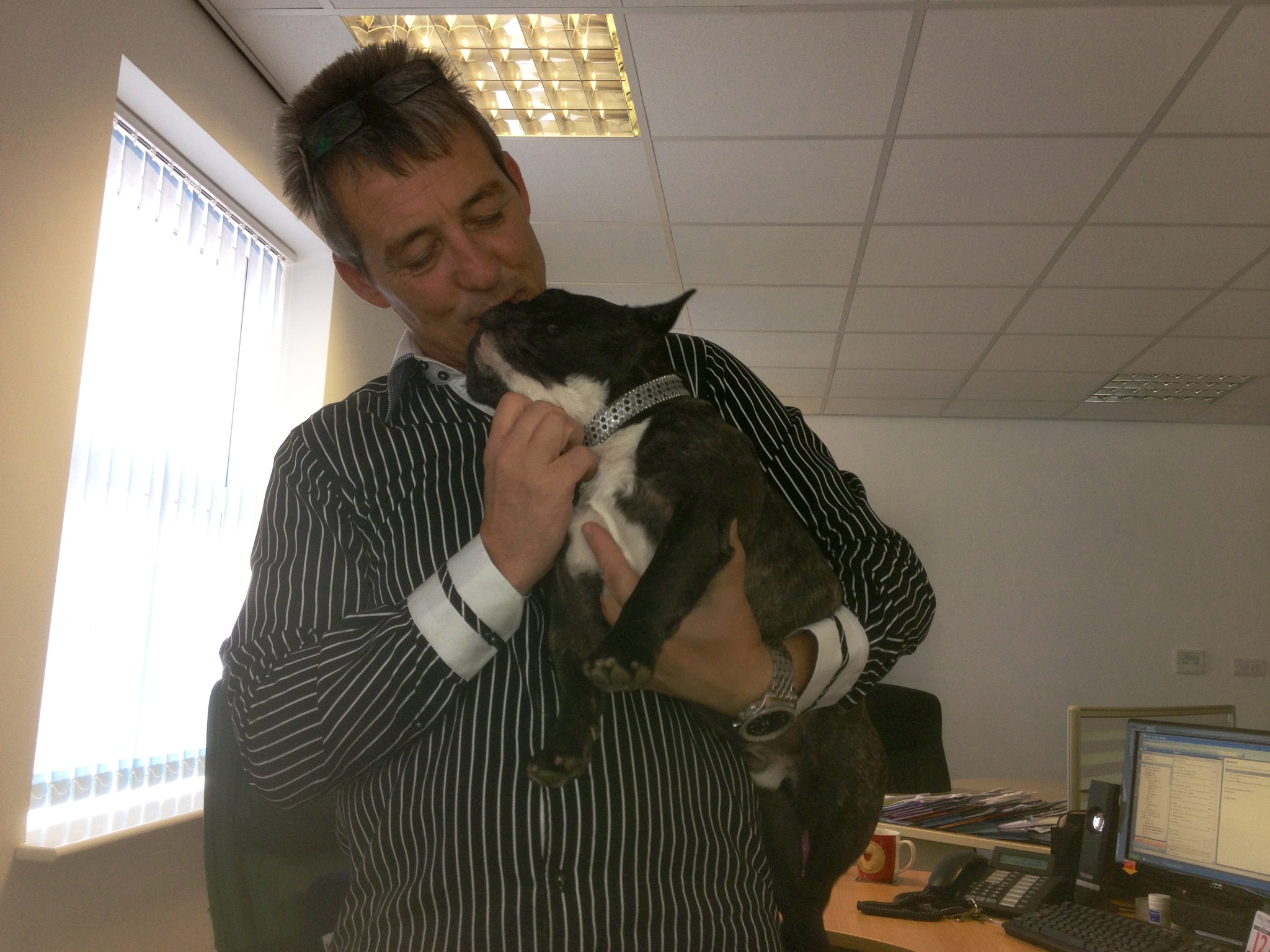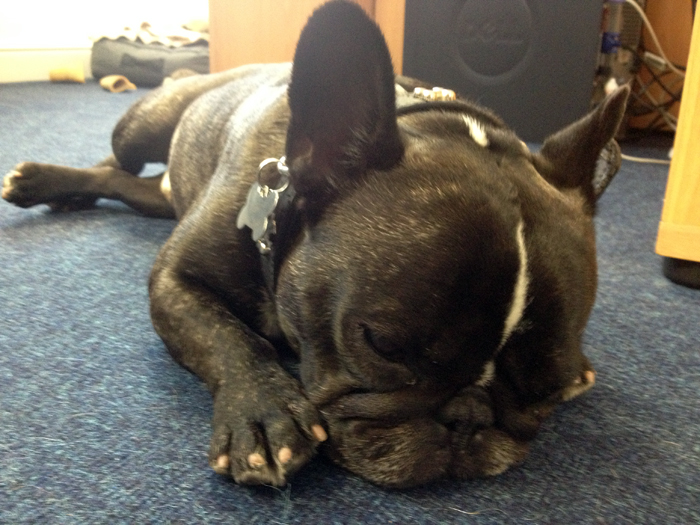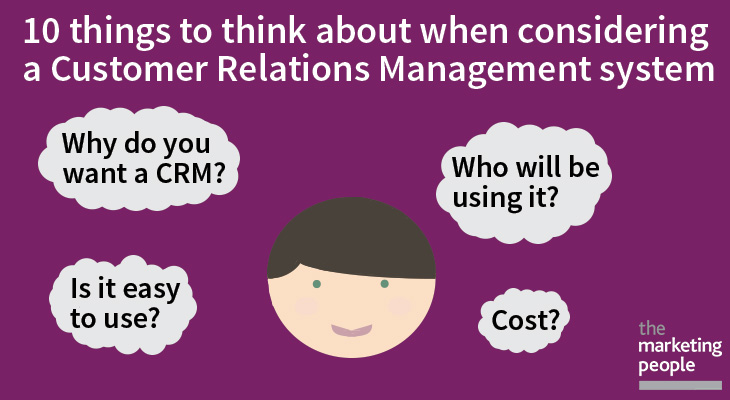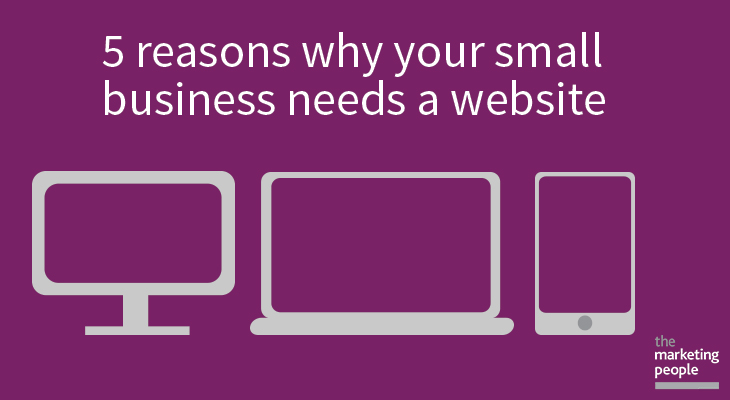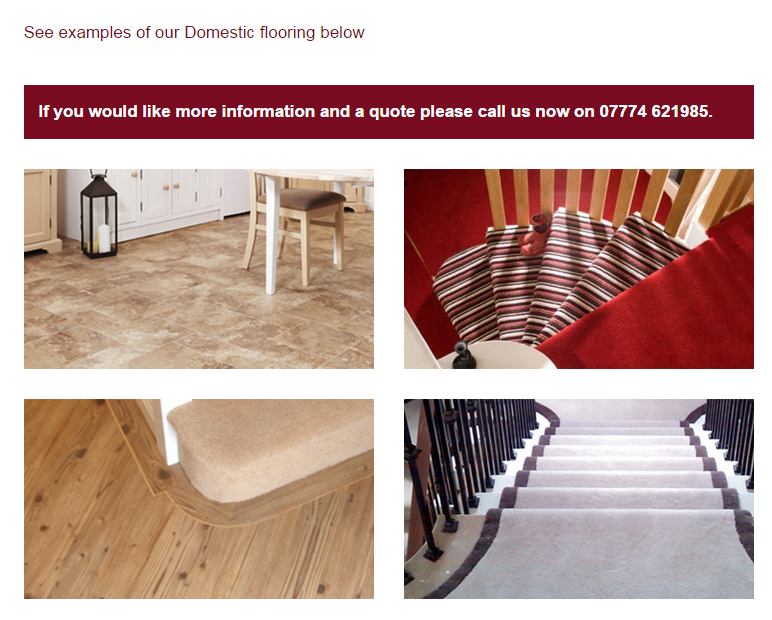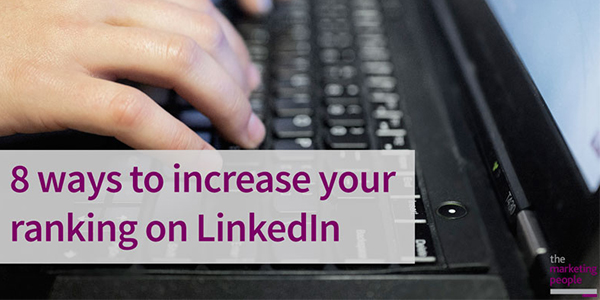

Did you know that LinkedIn has a ranking system? Find out what you can do to boost your LinkedIn ranking and be found by more people.
LinkedIn is a valuable tool for making initial contact with prospects, but it can be hard to make sure what you are doing is worthwhile sometimes. Here’show The Marketing People can help you increase your linkedin ranking.
One of LinkedIn’s more recent features is a ranking system, which lets you see where you rank for profile views amongst your connections. As well as creating some competition and drive to regularly use LinkedIn, it also gives you an insight into how easy it actually is to find your profile. You can read in more detail about this feature in this blog by LinkedIn themselves.
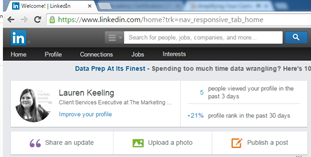
Over the last 2 weeks I have improved my personal ranking by 25%. If you don’t know how to get the best out of LinkedIn, and don’t want to pay for premium, this is how I did it for free and you can too.
Find out how you rank on LinkedIn
Before we get started, let’s take a look at how you’re currently ranking.
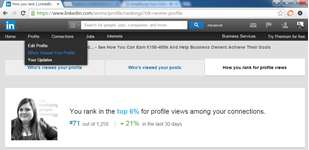
Log in to your LinkedIn account, and hover over ‘Profiles’ and click ‘Who’s Viewed Your Profile’. From that page click on the ’How you rank for profile views’ tab at the top of the page. Or if you are feeling really lazy, just click this link here to see how you rank.
You can then see how you rank amongst your connections, and see how your connections rank. If you have a free LinkedIn account, you can only see how the top 10 rank, and how you rank. If you have a Premium account, you will be able to see everything.
Now you know how you’re ranking, let’s look at 8 ways to increase your LinkedIn ranking.
Schedule posts to increase your LinkedIn ranking
Regular content is key. LinkedIn’s feed only allows a small portion of your updates to be seen. Around 20% supposedly. So the less you post, the less your connections see. The less your connections see, the less they will be inclined to click on your profile. Posting valuable and informative posts makes you a valuable connection, so consider this a priority.
Scheduling updates also means regular content that can be planned in advance. So if you don’t have the option to log in everyday you can spend a small amount of time planning ahead. Which saves you a lot of time, and hassle.
You can’t schedule updates directly from LinkedIn at the moment, but you can do it using a third-party application, such as Hootsuite or Buffer.
Re-connect with old connections
This isn’t quite the same as reconnecting with old friends on Facebook. With LinkedIn, and finding people you have previously working with, you may be able to work together collaboratively now.
Taking a look at their profile will probably mean they look back at your profile anyway. But being able to see from their profile if you are in an industry that is relevant to them now. Or even just that they have posted some great articles, or landed a new role is a great reason to reconnect.
In rankings terms, this could mean that once a notification has gone up on the feed that you two have connected, others may feel the need to view your profile too. Increasing your LinkedIn ranking has other benefits too, this could include a prospect opportunity, a referral, or just a nice catch up.
Welcome new connections
The main purpose of LinkedIn. To connect and work with others. But a lot of us are guilty of not really utilising this to the full. Or perhaps utilising this too much, and adding anyone and everyone.
New connections should be someone you know really. Continuing networking you have started in the real world, either face to face or over the phone. Make the jump to connect with them, and actually make conversation.
Again, the more people’s profiles you look at to ensure you know them, the more likely you are to receive a click back. Which in turn increases your ranking. So don’t be scared to properly view someones profile before you connect with them.
And always view as you, not as an anonymous viewer. Nobody appreciates it, and it will not help your ranking in the slightest.
Follow up from events
If you have attended an event, this is a brilliant opportunity to work with on social media in general. But especially LinkedIn.
Connect with and message those you met, or find the people they referred you to. Find those who posted about the event, or perhaps you saw their name in the networking or event list, but you didn’t get chance to meet.
You have a great opportunity to rapidly increase your rankings in a quick time due to the urgency of an event. Everyone will posts photos or register their attendance online, or will have a flurry of new connections. Get commenting, visiting profiles, and connecting with others to boost your ranking.
Interact with relevant posts
You don’t necessarily just need an event to comment on posts. There are a huge amount of opportunities on LinkedIn to interact with others.
Congratulate connections on new roles or work anniversaries. Congratulate that team who have posted that they are having a great week. Refer others if you see a post asking for help, and you know just the guy.
If you read pulse articles, take the time to write what you thought. You never know how many other people may agree with your point of view and want to connect. Or if you find a certain person’s posts are always valuable, ask to connect yourself. If they have influence, they may influence your ranking too.
If you want people to notice you, and visit your profile to increase your ranking on LinkedIn, you need to take the time to interact. Social media isn’t called social for no reason.
Talk/connect to those who view your profile
What an opportunity to network! If you have a free LinkedIn account, you can see the five most recent people to view your profile in the past 90 days. If you have LinkedIn Premium, you can see everyone who has viewed your profile in last 90 days, unless they’ve chosen to turn that function off on their account. Which as we’ve said is not an ideal move when trying to rank.
Follow up with those who look at your profile and see if there is anything you can help them with. Even if it was an accidental visit, it shows you are proactive and, once again, begins the conversation between you and a potential prospect.
It also means they will probably view your profile once more. To remind themselves of who you are, and why they visited. More visits means better ranking. And if it’s also a potential lead that’s even better.
Update your profile to boost your linkedin rankings
Keeping your profile up to date means that your profile can provide viewers with relevant and current information about what you do, and who you work for. It also updates the main feed to say you have updated. This means that others will be inclined to check out your profile to see your updates.
More visits to your profile means more rankings. However, don’t take advantage of this tactic too much. If it appears you are updating your content everyday, others may not feel as inclined to click on it, rendering it worthless for improving your ranking.
Publish articles
Publishing articles is a relatively new feature for those on basic profiles, and it is a brilliant opportunity.
Publishing articles means you can attract people who may not normally see your profile. Through searches on LinkedIn’s Pulse feature, and others sharing your article, you can attract prospect to you who are relevant and interested. This is also a good way to build up trust with slow burning prospects by showing you have knowledge in your field.
Having a wider network of people viewing your work will encourage them to view your profile too, and maybe even connect. This is a huge opportunity to improve your ranking, and your connections too.
How to publish LinkedIn articles
Go to your LinkedIn home and click ‘Publish a post’ near the top of the page. This will bring up a new page where you can write your headline, write your article, and upload an image.
Keep your headline around 46 characters long, as it will get cut off in the sidebar if it is any longer. LinkedIn also recommend your image size is 700 x 400 pixels.
It may be a good idea as well to only part publish your article if it appears on your website too. So if people want to finish the article they can click the link to read it on your site. This means you still get your rankings up, but your website doesn’t miss out on traffic.
There are a lot of other ways to increase your presence on LinkedIn and to use it effectively, and this will change for each individual. These are just a few of the basic changes I made, that enabled me to see improvement.
What do you find helps increase your reach on LinkedIn? Have you tried any of our tips? Let us know in the comments.
If you want to read more tips for your social, take a look at our other social blogs. Or if you require a little more help with your company’s social, why not give our friendly team a call on 01543 495752 and take advantage of our free marketing consultation.
